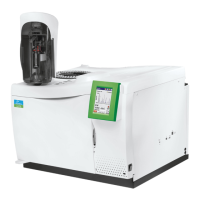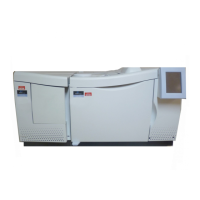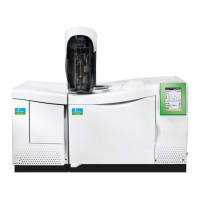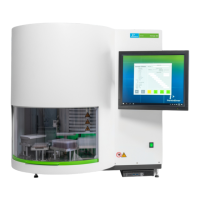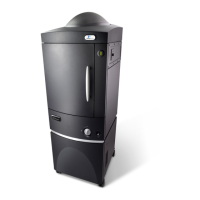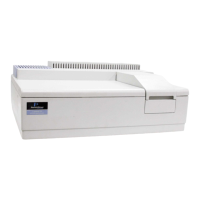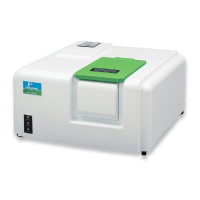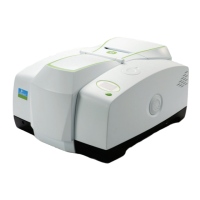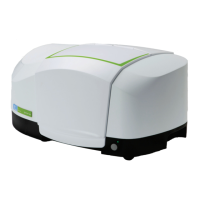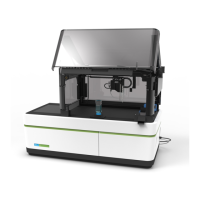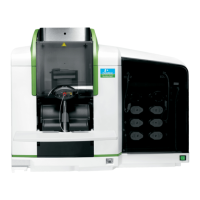Setting Up the Detectors
4-20
United Kingdom Regulations
In the U.K., registration is required under the Radioactive Substances Act of 1960,
for anyone keeping or using radioactive materials. Application should be made to
any one of the following governing bodies:
ENGLAND Department of the Environment Queen Anne's
Chambers
Tothill Street
London, SW1H 9J4
SCOTLAND Scottish Development Department
21 Hill Street
Edinburgh, EH2 3J4
WALES Welsh Office
Cathay's Park
Cardiff, CF1 3NG
NORTHERN Ministry of Development
IRELAND Parliament Building
Storemont
Belfast, Northern Ireland
ECD Overview
The Electron Capture Detector (ECD) is the most sensitive detector available for the
analysis of electrophilic compounds such as chlorinated hydrocarbons and pesticide
residues. It is concentration-sensitive and nondestructive.
The ECD cell contains a foil in a cylinder through which the carrier gas flows. The
coating of the foil's inner surface contains the radioactive isotope Nickel-63 and has
a nominal sensitivity of 15 mCi. To optimize detector response, make-up gas is
combined with column effluent.
Beta particles emitted from the isotope ionize the carrier gas. The resultant ions and
electrons travel to the collector anode assembly under the influence of a pulsed
polarizing voltage applied between the source and the collector. The pulse frequency
is varied to maintain a constant average current. The presence of an electron
absorbing species in the detector decreases the current as the absorbed electrons
form ions, which travel more slowly than electrons. The pulse frequency of the
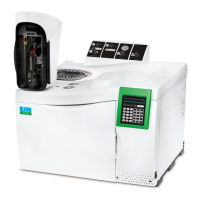
